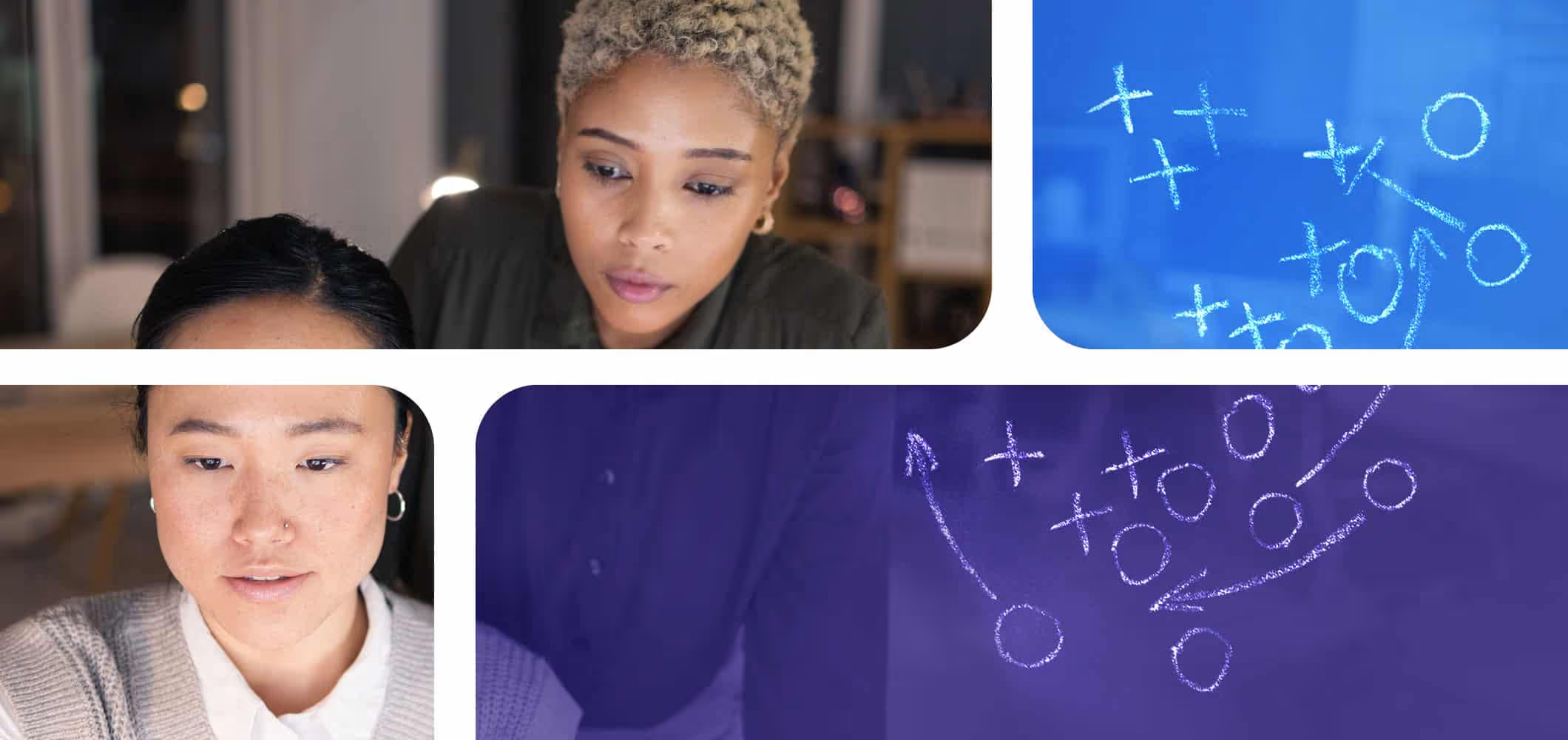Generative AI has the potential to transform nearly every element of the contact center, but as the technology grows more advanced, there’s a particularly compelling opportunity to fundamentally reimagine coaching and QA functions. David Sauer, Manager of Insides Sales at Vivint — a leading provider of home security systems — knows precisely the kind of impact a cutting-edge solution like Cresta can have on a business’ coaching and QA capabilities. In a recent webinar, Sauer discussed how Vivint has evolved in these areas thanks to Cresta, helping to shed light on the transformative potential of contact center AI. In case you missed it, check out these key takeaways from the session:
Real-time visibility changes everything
In the past, Vivint struggled with the classic QA problem of limited visibility. In a good month, the home security leader was lucky to review and score 5% of calls — they wanted 100% visibility, and they didn’t want to wait days to get it, as was necessary with a post-call solution they used prior to Cresta. Now, they have immediate access to every interaction, allowing them to uncover QA trends as they emerge and deploy adjustments or coaching as needed. For Sauer’s team, this makes it easier to detect coachable moments and to scale new behaviors to every agent.
Democratize access for a culture of self-coaching
The user-friendly nature of advanced solutions like Cresta empowers every agent to monitor and gain insight into their performance without the help of someone on the QA team. With their previous post-call solution, Vivint agents couldn’t access their conversations due to privacy concerns. Now, Sauer says agents take the initiative to track their own performance trends, allowing them to coach themselves into better adherence to key behaviors.
Insights prevent unnecessary costs
After Vivint agents make a sale, the company sends a technician to install the customer’s new home security system. However, a certain percentage of customers will cancel before the installation is complete, but not before a technician has made the trip to their home. Because these cancellations are a costly drain, Vivint needed to do two things: understand which behaviors were influencing higher cancellation rates and take preventative action. Not only did Vivint uncover key behaviors for sales agents to deploy on calls, but they also avoided incurring the unnecessary expense of a post-sale outreach team. Rather than moving forward with plans to hire a team of 10-15 full-time employees who would handle post-sale surveys in order to set expectations for the installation and cut down on cancellation rates, Vivint completely automated this process through Cresta, translating to cost savings in the hundreds of thousands (if not millions) of dollars.
Quantifying behaviors drives faster adoption
While certain nuanced behaviors were once difficult to track using contact center tools, generative AI has demystified and brought them to light. Not only that, but it has also unlocked a clear connection between prescribed behaviors and quantifiable results. For example, rather than simply coaching agents to assume the sale or show empathy, contact centers can now more closely track adherence and draw a clear line from those behaviors to conversation rates or revenue. At Vivint, Sauer says this connection between behaviors and quantifiable outcomes has been key to driving faster adoption—when agents associate a dollar amount with a particular behavior, it’s a strong motivator. As generative AI becomes a more ingrained part of contact center operations, it’s clear that coaching and QA aren’t just evolving, they’re in the midst of a paradigm shift. To learn more about how Cresta helped transform coaching and QA at Vivint, watch the on-demand webinar replay. And to see first-hand how advancements to Cresta Opera and Outcome Insights can uplevel your contact center, schedule a personalized demo with our team!





